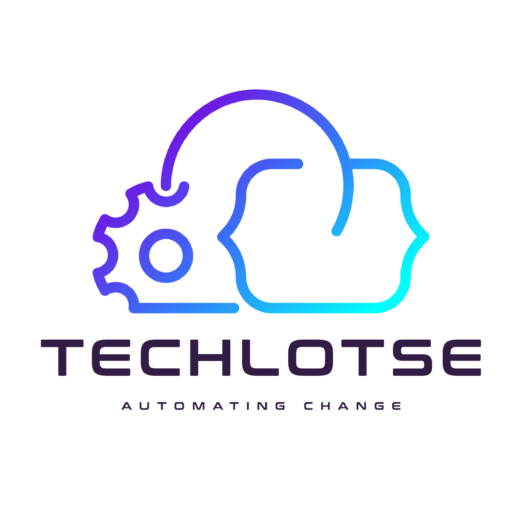The UniFi Dream Machine might not be the Ultimate Firewall for your homelab. pfSense might be more Hands on, or running a Palo Alto of Cisco Firewall more Enterprise like. But the Dream Machine does have all the features I require, Good Support and a Pretty Interface. The Home Datacenter company also considered all there […]
Tag: Unifi
Homelab – Physical Design
The design of my new home network design was guided by the requirement for Internet stability and Segregation between HomeLab and Home Network as far as possible. Home Networking Design I decided to have my internet come into my Firewall for the Home Lab. This was to ensure that when I do decide to Expose […]
Homelab – Bill of Material
I will split the Bill of Material between what is used for my House and what is used for my Lab. These two are related but I tried keeping them separate as far as possible. I also reused as much of the Hardware I already own and for which the resale value is really low. […]
